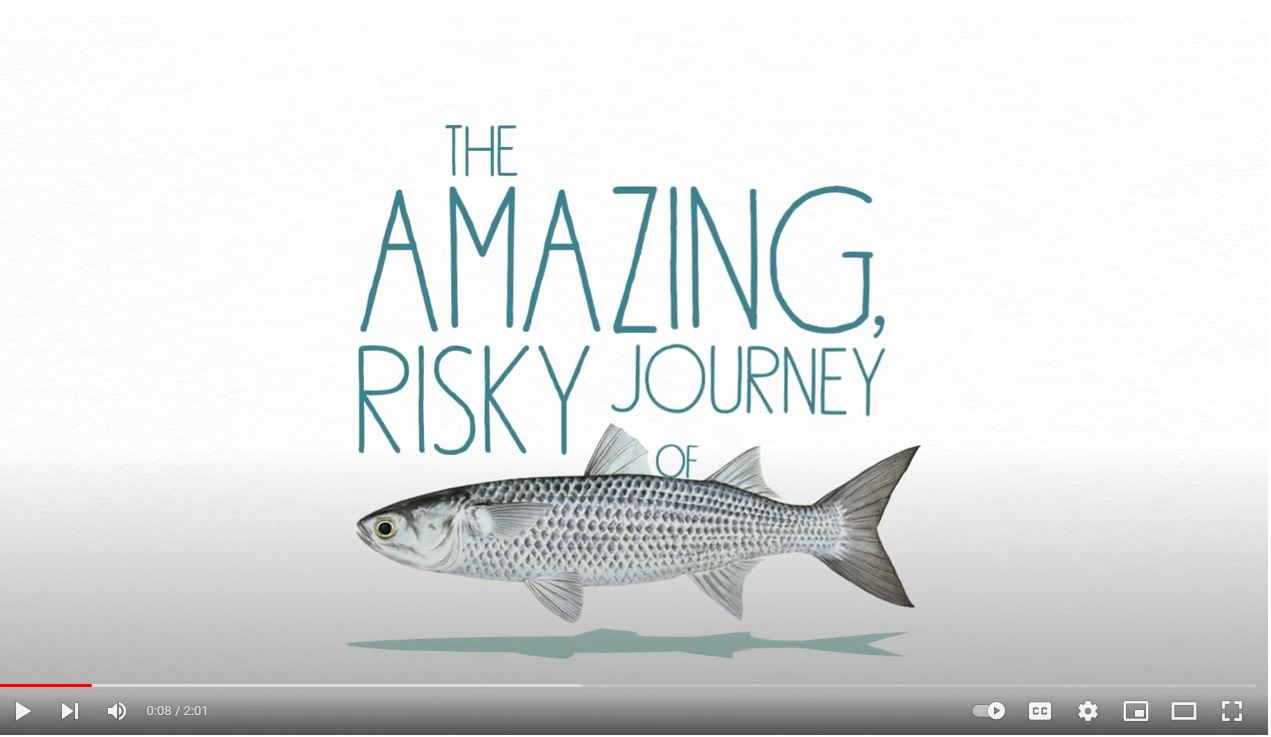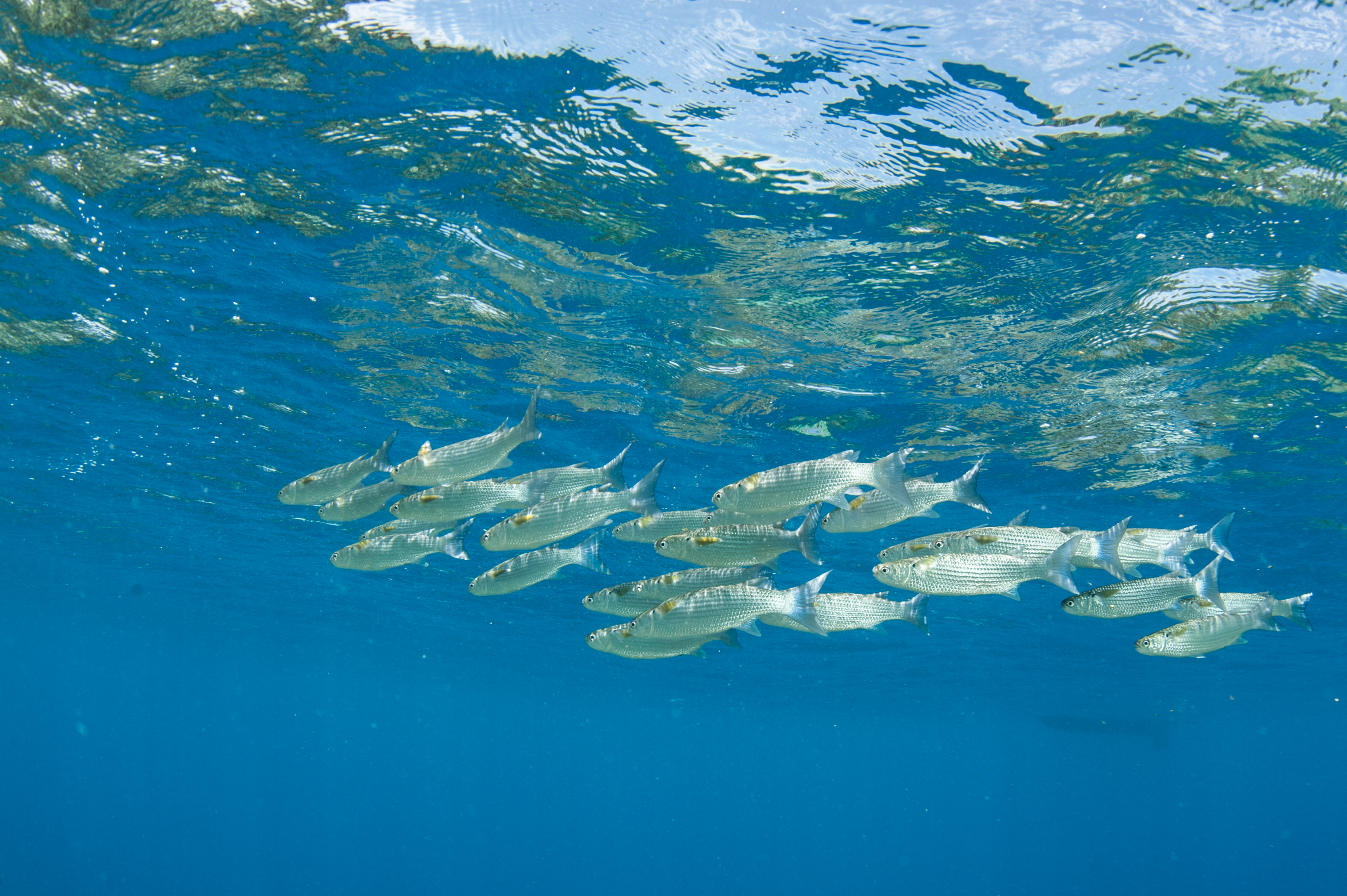Image: © Matthieu Juncker
To gain access to full information on mullets, download the information sheet produced by the LMMA Network and SPC.
If you have noticed a decline in your catches or are concerned about mullet populations, here are some priority actions the community can consider in addition to national regulations:
Fish smart rules
Gear Restrictions
A ban on gill nets and fence traps during the time of spawning migrations of mullets – which may be unreasonable, because mullets are not easily caught by other fishing methods. A more reasonable action may be to:
Restrict the number and the size of fence traps and the length of gill nets that are allowed to be used during the mullets’ migrations, which can be made more effective by actions to:
Ban the use of gill nets and fence traps in particular areas where mullets are most vulnerable. These areas could include narrow passages between the shore and reefs through which the migrating mullets have to pass.
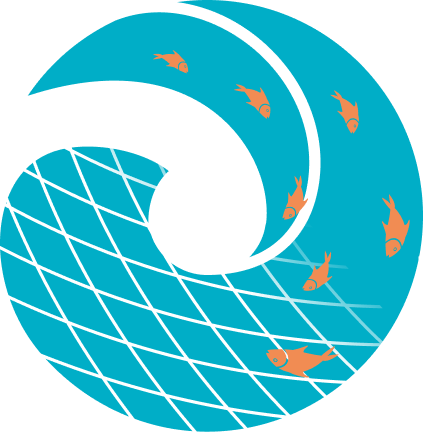
Good to know: neighbouring communities should enforce the same management measures for mullets
One of the problems in managing mullet fisheries is that the fish are often caught by many different communities as they migrate along the coast. There is no use in one community protecting the migrating fish if they are going to be caught by the next community along the coast. Ideally, neighbouring communities should work together and agree to enforce the same management measures. The common aim of management would be to allow a sufficient number of mullets to reach the spawning areas and produce small fish, many of which will grow and be available to be caught in future years.
Fishing methods
Mullets are usually caught by using cast nets, gill nets, beach seine nets, ring nets and traps. Fence or maze traps, built at right-angles from shore-lines, are used to guide spawning migrations of mullets into large retaining areas.
Mullets are caught in large numbers as they migrate along the coast to breed in spawning aggregations. Fishing in this way is destructive as these breeding fish are responsible for producing small fish, many of which will grow and be available to be caught in future years.
Management measures in the region
Mullet fisheries have been managed by the application of several different regulations. As the mullets migrating along a coastline are all adults and often of a similar size, minimum size limits are of little use. The same is true for restricting mesh sizes in the nets and traps to some minimum size (because there are very few smaller fish to pass through the fishing gear unharmed).
Catch (bag) limits have also been applied but catches made in large nets and traps are often large and, even if the excess catch is released, fish that are let free may not survive.
Establishing community-managed reserves or no-take areas (where no fishing is allowed) is unlikely to benefit migrating species such as mullets and will not protect the fish during their spawning movements along the coast.
Some species
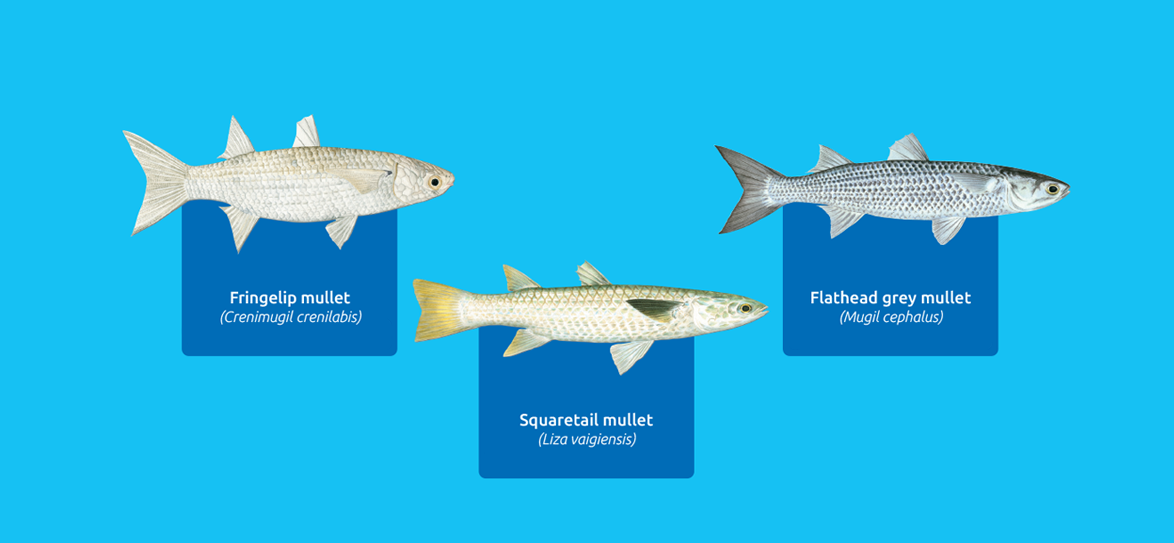
The family Mugilidae includes about 80 different species of mullet that are found worldwide in coastal temperate and tropical waters. Mullets have two separate upper (dorsal) fins and small triangular mouths. The flathead or striped mullet, sometimes called the sea mullet, Mugil cephalus, appears to be the main one of interest in the South Pacific. The species is olive green on the back and silvery on the sides and belly with about seven dark stripes along the sides.
Adult mullets live in shallow coastal areas, often in schools, over sand, mud or seagrass beds down to depths of about 10 m. They may enter rivers but do not necessarily require freshwater.
Mullets are active during the day, when the adults feed on plants and small animals (invertebrates), and suck up sediments on the sea floor. They often form schools to graze on the small plants that grow attached to seagrasses. Mullets are eaten by larger fish such as snappers and barracuda.
Mullets have separate sexes and become sexually mature in 3 to 4 years at a size of about 30 cm. They commonly grow to lengths of 60 cm and weights of 4 kg but may reach 100 cm and live for up to 16 years.
Each year mullets move long distances along the coast to offshore waters where they breed in large numbers (in spawning aggregations). During spawning, each female releases many eggs, often over 1 million, and these are fertilised by sperm released by males. The fertilised eggs hatch into very small forms (larval stages) that drift in the sea.
Less than one in every thousand of the small drifting larval forms survives to enter shallow inshore areas 2 to 3 months later. And less than one in every hundred juveniles survives the 3 to 4 years that it takes to grow into a mature adult.
Related resources
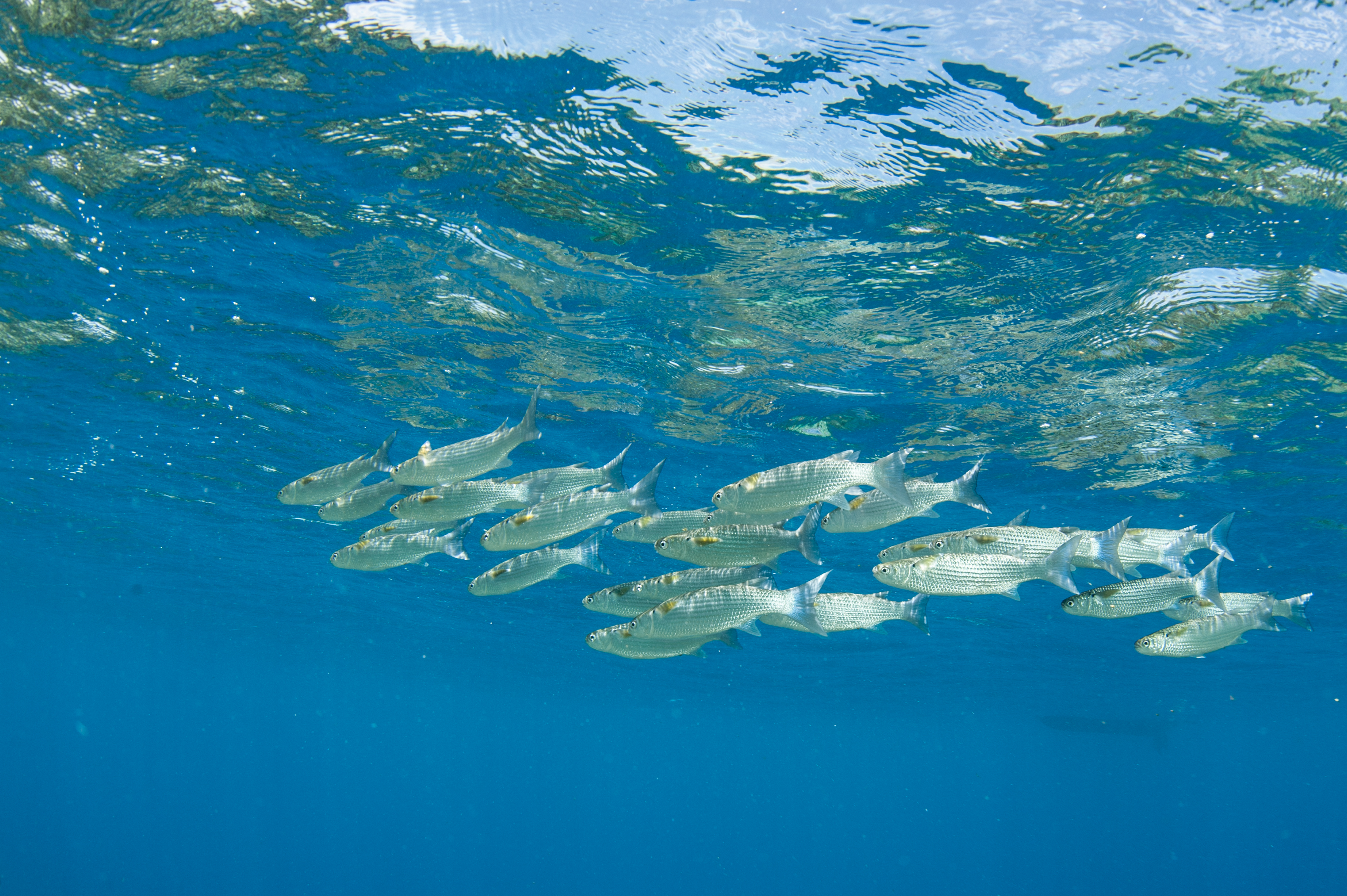
To gain access to full information on mullets, download the information sheet.
